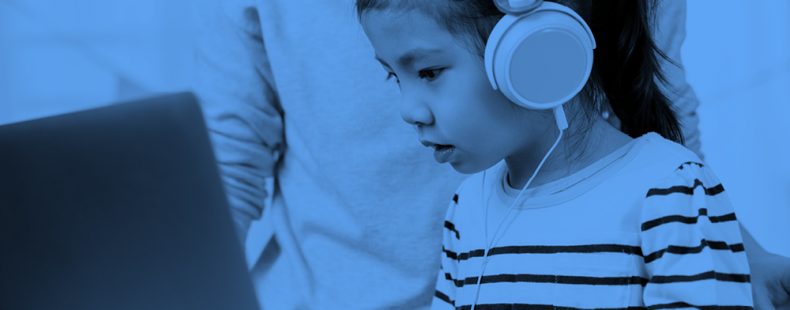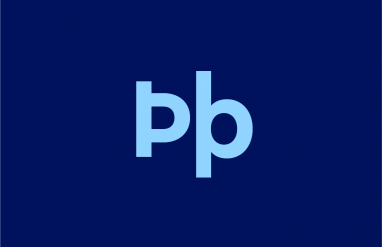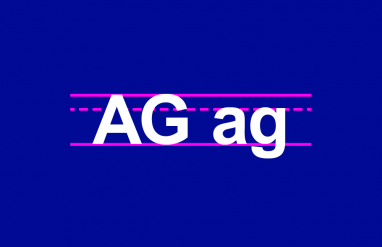If you haven’t visited a classroom in years, you might be surprised to discover surprising new approaches to education. Do you know what microlearning is? Does you child’s school favor personalized or experiential learning? Is asynchronous learning the same as distance education?
Learning has come a long way since the days of reciting times tables in the brick school house or getting chalky hands while writing sentence diagrams on the blackboard. Now, we have technology, of course! And over the years, it has allowed us to approach learning in whole new ways.
Let’s hit the books (or the Books app?) and learn more about … learning!
Asynchronous learning
The word asynchronous means “not occurring at the same time.” When used in terms of education and learning, asynchronous specifically means “occurring or able to be completed independently according to a person’s own self-paced schedule or within a broad window of time, but not coordinated to be completed in real time with another participant.”
In practice, asynchronous learning typically involves a teacher or instructor putting lectures, assignments, and exams online. Then, students can complete their work at any time and contact the instructor through email or text chat. This is termed asynchronous learning because the teacher and student are not usually interacting with each other at the same time as is done in a classroom or lecture hall.
Many types of asynchronous learning go by different names but most of them usually refer to the same general thing: education conducted over the internet. Other terms you might hear to refer to asynchronous learning include:
- Online learning: A general term to refer to any kind of education done online. This kind of learning doesn’t have to be asynchronous. For example, a teacher might hold a live lecture using online video streaming.
- Distance learning: Today, the term distance learning is often used interchangeably with online learning because computers are the go-to method for long-distance communication. However, this term can also refer (and has historically referred) to long-distance education using mail, phones, and other methods that don’t involve a computer. For example, correspondence courses would fall under the category of distance learning.
- Remote learning: Almost always used interchangeably with distance learning. This term uses the word remote in the sense of “noting or relating to work, schooling, or other activities that take place away from their usual place, site, or building.”
- Virtual learning: This term is often used interchangeably with the other three, especially online learning. Like online learning, this term specifically refers to the use of computers and/or the internet to teach students. Similarly, a virtual school refers to an educational program that takes place in a virtual environment—most typically on a computer screen.
Adaptive learning
In most traditional education programs, an instructor will teach the same material in the same way to every class. Adaptive learning, on the other hand, is a form of education where the curriculum is customized (sometimes referred to as differentiated) according to each individual student using technology, such as an algorithm or using artificial intelligence.
In adaptive learning, the curriculum is tailored toward each student depending on their learning abilities, mastery of the subject matter, or any number of other criteria. For example, let’s say a basic math class includes one student who struggles with division and another who has difficulty learning fractions. In adaptive learning, an algorithm would discover the student’s weak points and might increase the amount of division or fraction problems presented to them so they get more practice. The reverse is also possible, too. For example, the algorithm may discover that one student has no problems at all with basic division, so it progressively adds some long division or square roots to slowly increase the difficulty solely for that particular student. In this way, adaptive learning adjusts the curriculum that fits each student to make their education more efficient.
Today, adaptive learning still often involves people who review the computer data. In the future, adaptive learning may involve the use of especially advanced artificial intelligence to allow for immediate analysis and adjustments.
As you can see, computers have become essential to asynchronous learning. Let’s put the computers in sleep mode for a second and look at some other types of learning, including learning modalities.
Personalized learning
Personalized learning is the more general term for what adaptive learning is trying to accomplish: tailoring education to best fit an individual student. Personalized learning encompasses adaptive learning as well as any other method an instructor may use to customize each student’s personal education experience. In particular, personalized learning may involve an instructor getting to know a student’s personal educational needs which an algorithm may not be able to account for.
For example, a student may be struggling to succeed because they have dyslexia rather than an issue understanding the material. An algorithm may be unable to account for this, but a teacher who interacts with the student could recognize this and adjust the educational experience appropriately.
Experiential learning
Experiential learning is often defined as “learning by doing.” This type of education can take many forms but often involves a student either directly or indirectly engaging in work that they would do after completing their education.
For example, a student in law school might assist or observe a lawyer at a law firm. As another example, an aspiring gourmet chef may be tasked to work for a time as part of a kitchen staff in an actual restaurant. Many programs that offer experiential learning typically feature hands-on experiences like these as a central part of the curriculum. This type of learning is a central part of the Montessori system of education, which combines physical activity with education. Many colleges also incorporate experiential learning into their curriculum through curricular internships that allow students to work during their education.
Service learning
Service learning is learning that combines formal education with public service. Typically, this involves a student incorporating community service into their education. For example, a veterinary student might volunteer to help at an animal shelter. As another example, a culinary student may assist at a soup kitchen. This type of learning is designed to instill in a student a desire to help the community while also providing them with an education.
Microlearning
Microlearning is a form of learning perfect for people who think time is money. Microlearning is focused around using short but detailed methods to educate someone. For example, a business may need to train a new employee how to work a forklift. If the company uses microlearning, they may use a five-minute video that explains in detail how to operate the specific forklift that the employee will be using. By contrast, an education system that doesn’t use microlearning might involve a lengthy lecture on different types of forklifts.
The most important aspect of microlearning is time. Microlearning focuses on being short but highly educational. Microlearning often relies on technology by using videos or other online materials to provide fast, to-the-point chunks of educational information.
An even more extreme form of microlearning, called nanolearning, is also emerging. Nanolearning goes even further than microlearning and involves a person learning a very specific topic in one to two minutes or even less. An example of nanolearning would be a person watching a 20-second video that explains how to add sums on Microsoft Excel.
Stay on top of your study habits with these constructive tips.
Teaching methods
When it comes to teaching (or, as it is sometimes more formally called, pedagogy), there are a variety of different terms that describe the ways students best learn and aspects of their learning.
- Social and Emotional Learning (SEL): This term refers to education that teaches students about emotions and social skills. SEL focuses on teaching students the importance of things such as empathy, cooperation, and good decision making.
When discussing how students learn, it is often said that there are a variety of different learning modalities (modes or manners). A learning modality refers to the method that a particular student finds most effective for learning. Some of the more commonly cited examples of learning modalities include:
- Visual: This modality describes students who prefer education that involves using sight, such as videos, pictures, diagrams, and flowcharts.
- Auditory: This modality describes students who learn best through hearing, such as by listening to spoken lectures or audiobooks.
- Kinesthetic/Tactile: This modality describes students who prefer hands-on learning. Students who prefer tactile learning prefer activities such as lab experiments or building models.
- Reading/Writing: Sometimes, this modality is included under visual learning. Reading/writing learners prefer to take lots of notes, reading directions, or reviewing notes with flashcards.














